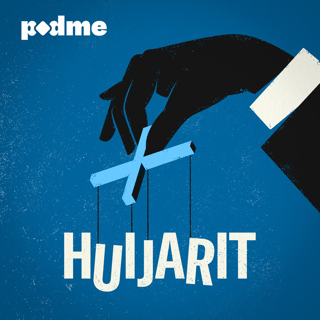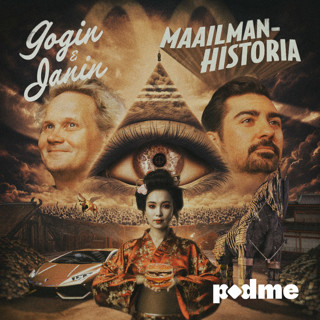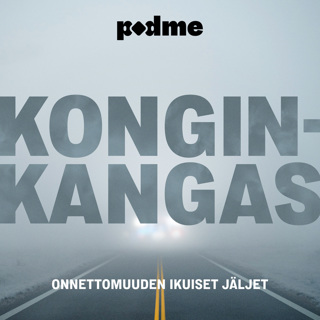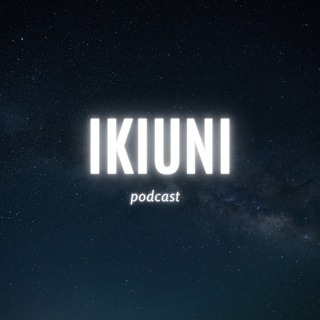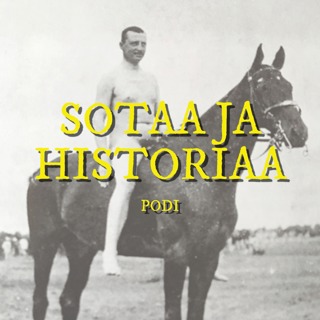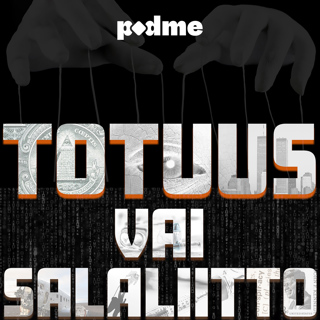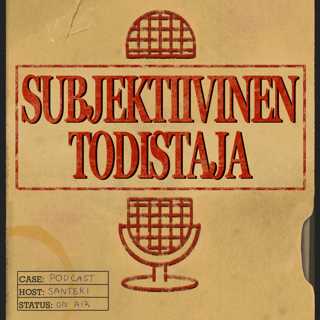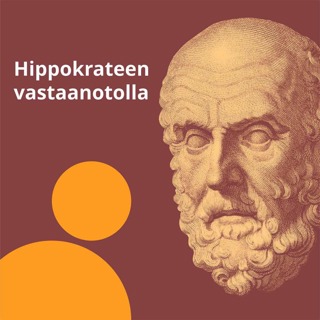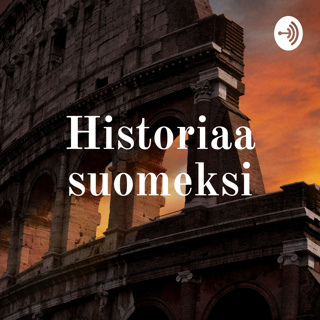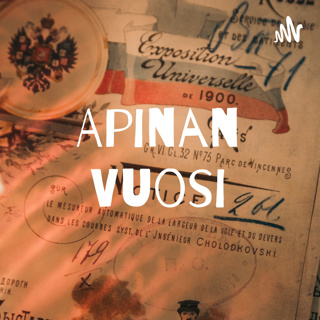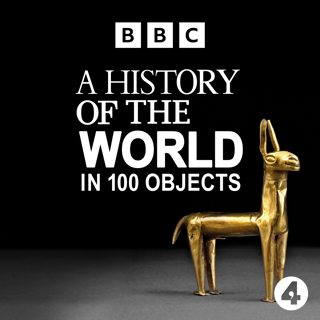
Lachish Reliefs
Neil MacGregor's history of the world told through objects from the British Museum in London arrives at the Palace of Sennacherib in Northern Iraq. Throughout this week, Neil MacGregor explains the key power struggles taking place across the globe around 3000 years ago, as ambitious new forces were building sophisticated new societies. It seems that war has been one of the constant themes of our shared human history and, in this programme, Neil MacGregor tells the story of the Assyrian king Sennacherib and his bloody siege of Lachish in Judah in 701 BC. The siege is described unsparingly in giant stone carvings that were placed around the king's palace and that show, perhaps for the first time, the terrible consequences of war on civilian populations. The Assyrian war machine was to create the largest empire that the world had ever seen and used the terror tactic of mass deportations. Statesman Paddy Ashdown and the historian Anthony Beevor both reflect on these powerful images of war.
15 Helmi 201013min

Statue of Ramesses
A History of the World in 100 Objects has arrived in Egypt around 1250BC. At the heart of this programme is the British Museum's giant statue of the king Ramesses II, an inspiration to Shelly and a remarkable ruler who build monuments all over Egypt. He inspired a line of future pharaohs and was worshipped as a god a thousand years later. He lived to be over 90 and fathered some 100 children! Neil MacGregor considers the achievements of Ramesses II in fixing the image of imperial Egypt for the rest of the world. And the sculptor Antony Gormley, the man responsible for a contemporary giant statue, The Angel of the North, considers the towering figure of Ramesses as an enduring work of art.
12 Helmi 201013min

Mold Gold Cape
Director of the British Museum Neil MacGregor retells the history of human development from the first stone axe to the credit card, using 100 selected objects from the Museum. Neil MacGregor continues to explore the world of around 3,600 years ago through some of the most powerful objects that remain - discovered in modern day Iraq, Crete, Egypt and now Wales. In 1833 a group of workmen were looking for stones in a field near the village of Mold in North Wales when they unearthed a burial site with a skeleton covered by a crushed sheet of pure gold. Neil tells the story of what has become known at the British Museum as the Mold Gold Cape and tries to envisage the society that made it. Nothing like the contemporary courts of the pharaohs of Egypt and the palaces of the Minoans in Crete seem to have existed in Britain at that time, but he imagines a people with surprisingly sophisticated skills and social structures.
11 Helmi 201014min

Minoan Bull Leaper
Neil MacGregor's retelling of the history of humanity, using objects from the British Museum's own collection, arrives in Crete around 1700BC. The programme tells the story of man's fascination with bulls and the emergence of one of most cosmopolitan and prosperous civilisations in the history of the Eastern Mediterranean - the Minoans. The Minoans of Crete were more powerful than the mainland and enjoyed a complex and still largely unknown culture. They enjoyed a ritual connection with bulls as well as with a rich bronze making tradition. To consider the Minoans and the role of the bull in myth and legend, Neil MacGregor introduces us to a small bronze sculpture of a man leaping over a bull, one of the highlights of the British Museum's Minoan collection. He explores the vast network of trade routes in the Mediterranean of the time, encounters an ancient shipwreck and tracks down a modern day bull leaper to try and figure out the attraction!
10 Helmi 201014min

Rhind Mathematical Papyrus
In a week that explores man's early experiments with numbers, Neil MacGregor describes the British Museum's most famous mathematical papyrus. This shows how and why the ancient Egyptians were dealing with numbers around 1550 BC. This papyrus contains 84 different calculations to help with various aspects of Egyptian life, from pyramid building to working out how much grain it takes to fatten a goose. Neil MacGregor describes it as "a crammer for a dazzling career in an ancient civil service".
9 Helmi 201013min

Flood tablet
A small tablet was found in modern Iraq and brought back to the British Museum. When it was translated, back in 1872, it turned out to be an account of a great flood that significantly pre-dated the famous Biblical tale of Noah. This discovery caused a storm around the world and led to a passionate debate about the truth of the Bible - about story telling and the universality of legend. In a week that looks at the emergence new ways of expression like literature and mathematics, Neil MacGregor introduces us first to the British Museum's provocative "Flood Tablet".
8 Helmi 201013min

Early Writing Tablet
This week's programmes in the history of the world looks at the growing sophistication of humans around the globe, between 5000 and 2000 BC. Mesopotamia had created the royal city of Ur, the Indus valley boasted the city of Harappa and the great early civilisation of Egypt was beginning to spread along the Nile. New trade links were being forged and new forms of leadership and power were created. And, to cope with the increasing sophistication of trade and commerce, humans had invented writing. In today's programme, Neil MacGregor describes a small clay tablet that was made in Mesopotamia about 5000 years ago and is covered with sums and writing about local beer rationing. The philosopher John Searle describes what the invention of writing does for the human mind and Britain's top civil servant, Gus O'Donnell, considers the tablet as an example of possibly the earliest bureaucracy
5 Helmi 201013min

Jade Axe
This week's programmes in the history of the world look at the growing sophistication of modern humans around the globe between 5000 and 2000 BC. Mesopotamia had built the royal city of Ur, the Indus valley boasted the city of Harappa, and the great early civilisation of Egypt was beginning to spread along the Nile. In Britain life was much simpler, although trade links with Europe were well established. In today's programme, Neil Macgregor tells the story of a beautiful piece of jade, shaped into an axe head. It is about 6000 years old and was discovered near Canterbury in Kent but was made in the high Alps. Neil MacGregor tells the story of how this object may have been used and traded and how its source was cunningly traced to the heart of Europe
4 Helmi 201014min




